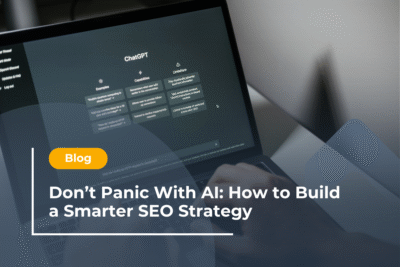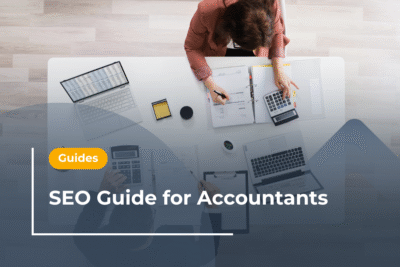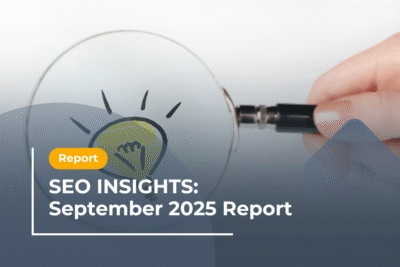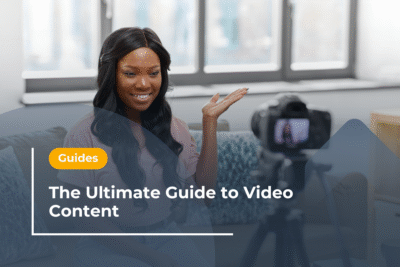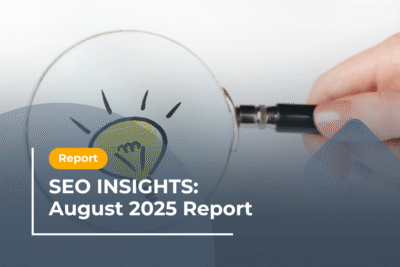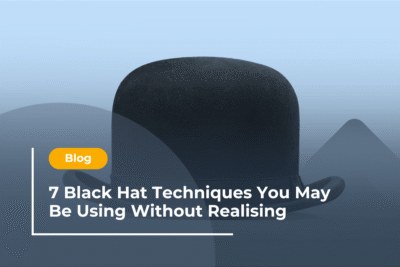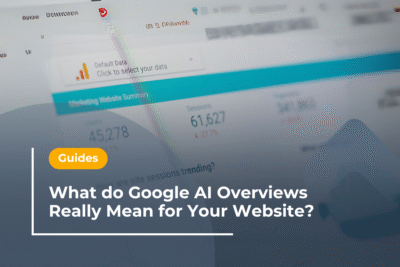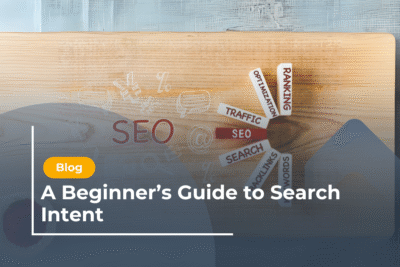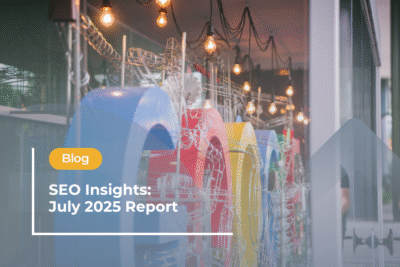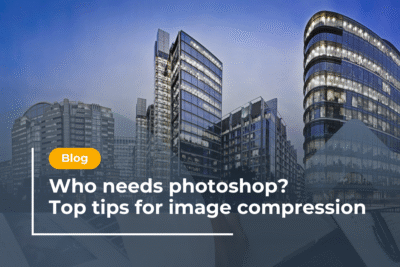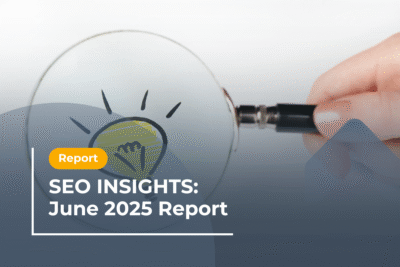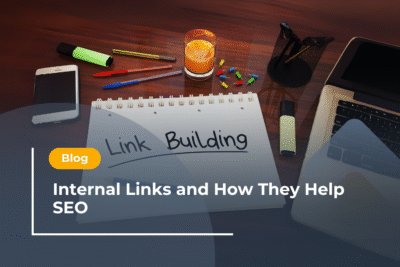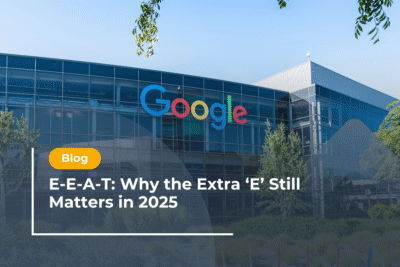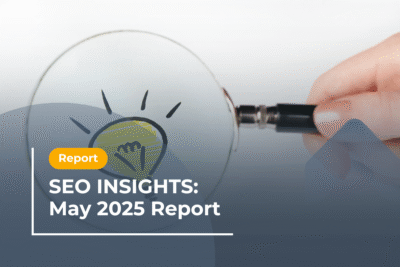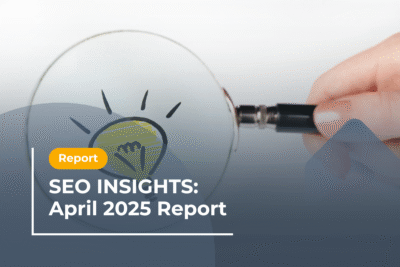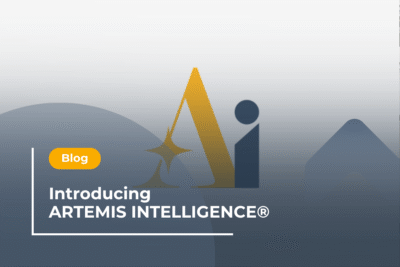Featured Blog Posts
If you’ve been checking your website analytics recently, it wouldn’t be surprising if you’ve discovered a lot of drops.
Posted in:
This month, search and AI took another big leap forward signalling a new era of “AI-first” browsing. OpenAI introduced its ChatGPT browser, Google’s AI Overviews became more prominent, and Bing shared new insights on how AI interprets online content.
Latest Blog Posts
Black Friday remains one of the biggest shopping days of the year for retailers, with billions spent online.
Posted in:
Picture this: You’re scrolling through industry news and see yet another headline about ChatGPT changing search forever. Your website traffic seems unpredictable; competitors are talking about AI tools you’ve never heard of.
Posted in:
Running a small online business means wearing many hats, and marketing often gets pushed to the bottom of the priority list.
Posted in:
Clients now find accountants online, often through Google, voice assistants, or AI search tools.
In 2025, visibility depends on both SEO and Answer Engine Optimisation (AEO) – structuring your content so Google and AI systems can quote you as the answer.
Posted in:
The world of SEO continues to move fast, and September has been no exception. From Google’s ongoing AI push to important shifts in rank tracking, reviews, and branding, there’s plenty to take note of this month.
Posted in:
Video content is essential for driving SEO, traffic and engagement. It significantly boosts rankings, increases click-through rates, and improves dwell time, which search engines favour.
Posted in:
In the ever-evolving world of SEO, staying on top of industry changes is crucial — and we’re here to make sure you’re always in the loop.
Posted in:
With August came fresh changes, a new Google spam update, AI mode trials and the rising influence of social media.
SEO has evolved and tactics that once boosted rankings can now trigger penalties. Google’s AI powered algorithm easily detects manipulative practices, meaning black hat SEO can tank your visibility and traffic.
Posted in:
AI Overviews are AI-generated summaries for search queries. They sit atop Page One of Google, and can affect rankings, traffic, clicks and conversions.
Posted in:
Ten years ago, having a website was enough to establish your business online – today, that’s changed completely. Your customers aren’t just searching for you on Google – they’re looking for you on Instagram, checking your Facebook page for reviews, and expecting to see fresh content that shows your business is active and trustworthy.
Posted in:
Search intent refers to the reason behind a search query. It defines and categorises what people are searching for when using a search engine like Google, and delves into why.
Posted in:
July was another busy month with updates and news from Google and the wider SEO industry. From the July 2025 Core Update to the official launch of Google AI mode in the UK, here are some of the key highlights from last month.
Posted in:
Google has just launched a major update to its search experience in the UK, and it’s something every small business owner should have on their radar.
Posted in:
With changes to accessibility laws, creating an accessible website isn’t just a moral imperative – it’s a necessity.
Posted in:
Is your website content working as hard as you are for your business? If you’re like most SME business owners in the UK, you’ve invested countless hours and resources creating content for your website.
Posted in:
High-quality visuals remain one of the most powerful elements of a successful website. From capturing attention to showcasing products or telling your brand story, images play a key role in connecting with visitors.
Posted in:
Another month goes by, and once again, the landscape of search continues to shift, and quickly. This month’s update is a little longer than usual, but it’s well worth the read to understand everything we’re doing here at Artemis to stay proactive and keep your strategy ahead of the curve.
Posted in:
You’d be surprised at how effective internal links can be for a website. They connect your pages together, not just helping search engines understand and rank your content but, more importantly, guiding visitors through your website to other related and relevant pages.
Posted in:
Google made SEO headlines when they added an extra E to their well-known E-A-T guidelines, so the acronym is now E-E-A-T, or Double E-A-T.
Posted in:
Small businesses have it far tougher than big brands when it comes to competition, tighter budgets, and a smaller workforce.
Posted in:
Another month goes by, and the headlines are, yet again, all about AI. All talk in the world of SEO is the fast-paced evolution of search, which is, in turn, necessitating a change in strategy to adapt to the “new Google”.
Posted in:
What is a Content Marketing Strategy?
A content marketing strategy is your roadmap for creating, publishing, and managing content that attracts and engages your target audience while supporting your business goals.
Posted in:
We are delighted to announce that Artemis Marketing has earned a place on the Sunday Times Best Places to Work 2025 (small business category).
Posted in:
We are in an era of search where the rate of change and development is on a scale that was unimaginable even a year ago.
Posted in:
How We’re Leading the AI Revolution in SEO
At Artemis Marketing, we’ve never stood still. Over the last 20+ years, we’ve helped hundreds of small businesses grow online – adapting to every major shift in digital marketing along the way.
Posted in:
In general, SEO is much more about building for the long-term, rather than quick wins.
At Artemis, we take a bespoke approach to optimising any site, but we firmly recognise that getting results is what’s truly important.
Posted in:
Getting found online is a big deal for any business. For a long time, the main way to do that has been through SEO—Search Engine Optimisation—which helps your website show up in Google search results.
Posted in:
Awareness around online accessibility and inclusivity has been steadily growing for some time, but there are still barriers that prevent many people with disabilities from reaping the full benefits of the digital world.
Posted in:
SEO is an ever-elusive acronym, but what is search engine optimisation? In truth, it’s probably the case that no one truly understands how search engines evaluate internet content.
Posted in:



